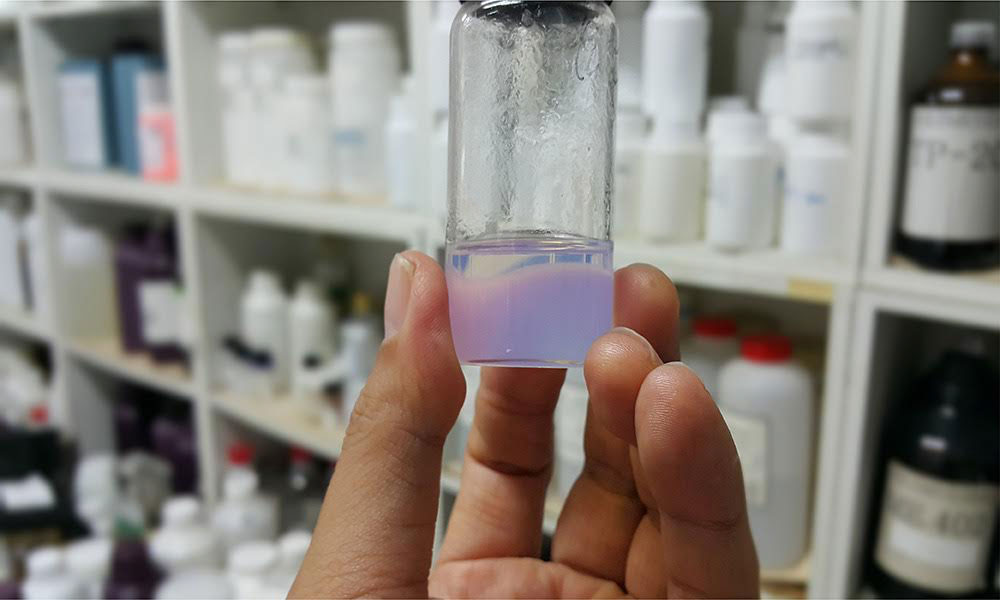You need to read this article to know everything about sodium permanganate uses and applications. Sodium permanganate is a strong oxidizer and may cause fire in contact with combustible materials. It is also corrosive to the skin and eyes. It may induce methemoglobinemia in humans if inhaled. It can also irritate the upper respiratory tract.
Sodium permanganate is a soil remediation agent that degrades BTEX (benzene, toluene, ethylbenzene, and xylene), phenols, polycyclic aromatic hydrocarbons, chlorinated ethers, and explosives. It also acts as a fungicide and bactericide.
It is an oxidizing agent
Sodium permanganate is a strong chemical oxidant that can destroy contaminants in groundwater. It is also a good substitute for more expensive oxidants such as potassium permanganate. It is a colorless, crystalline solid that is not explosive and dissolves in water. It can be dissolved in acid, yielding manganese heptoxide. Sodium permanganate is usually sold as a monohydrate, which is 15 times more soluble than potassium permanganate.
It can mobilize naturally occurring metals (especially chromium) and enhance aerobic and anaerobic biodegradation, which can help reduce contamination in low-permeability soils. It is often used with thermal treatments for better reaction rates and more realistic aquifer material contact.
Sodium permanganate is listed as a Schedule II chemical in the DEA’s March 1, 2005, NPRM and is subject to the duplicate recordkeeping, reporting, and import/export notification requirements as potassium permanganate. However, its use in industrial applications is expected to grow slowly due to the availability of substitutes and its relative cost.
It is a disinfectant
Sodium permanganate is a strong oxidant that controls taste and odors in water treatment. It also prevents biological growth, zebra mussels, and removes iron and manganese from water supplies. It can also help reduce the formation of disinfection byproducts by oxidizing their organic precursors.
The DEA has identified only one domestic producer of sodium permanently, but it is increasingly being imported into the United States. Because of this increased production, the DEA considers it essential to regulate this chemical as a List II chemical under the CSA to prevent its diversion to cocaine laboratories.
Sodium permanganate is available as a 40% and 20% solution for use in the electronics, fine chemicals, and pharmaceutical industries. It is also used as an etchant for printed plastic circuit boards.
It is a bactericide
Sodium permanganate (NaMnO4) is a compound with the chemical formula NaMnO4. It is closely related to its potassium counterpart and is highly soluble in water. Its oxidizing properties make it an effective bactericide. It is also used in the in-situ chemical oxidation (ISCO) treatment of soil and groundwater contaminated with organic pollutants. It can also be used to immobilize heavy metals in the ground.
It can be produced by mixing and stirring pyrolusite and caustic soda with air at 400-500 °C, then exposing it to oxidizing agents. The market for KMnO4 is expected to grow in Asia Pacific, thanks to its booming industrial sector. However, it is a dangerous material that is corrosive to the skin and eyes. It can also cause hepatitis, respiratory problems, and upper airway edema in humans.
It is a fungicide
Sodium permanganate is used for vegetable cultivation to prevent pests. It is also used to disinfect fish ponds. It is a strong chemical that can kill weeds and bacteria.
It appears as a purplish-colored crystalline solid. It is non-combustible but may ignite if it comes in contact with liquid combustible materials. It is also corrosive to metals and may cause fires.
It offers 20% and 40% liquid sodium permanganate in 55-gallon drums and 275-gallon totes for water treatment applications. It is an effective oxidant that can control taste and odors, remove color, and reduce iron and manganese. It also helps prevent the formation of disinfection byproducts by oxidizing precursors and lessening the demand for other chemicals. It is also a strong fungicide and controls powdery mildew.





